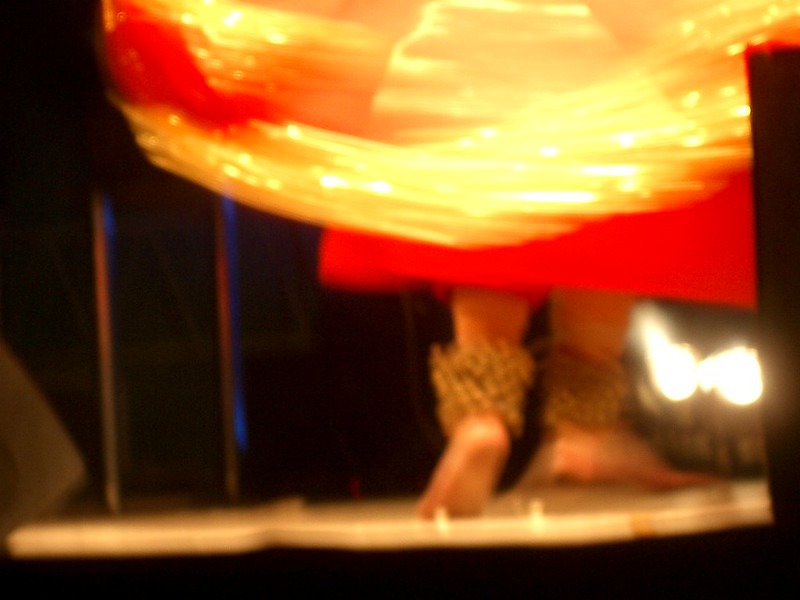The idea for Tzigane (from the generic European term for “gypsy”) may have come in 1922 after an evening when Ravel heard violinist Jelly d’Aranyi play his new Sonata for Violin and Cello. One account suggests that Ravel was so impressed by d’Aranyi’s playing that after the recital he stayed and asked her to play “gypsy” tunes from her native Hungary all night. These tunes may have served as inspiration for Tzigane, completed in 1924, but Ravel also drew ideas from Liszt’s Hungarian Rhapsodies and Paganini’s Caprices.
Ravel described Tzigane as “a virtuoso piece in the style of a Hungarian Rhapsody.” The first iteration of the composition was written for violin and piano with an attached device called a luthéal, which allowed the piano to mimic the Hungarian hammered dulcimer sound. Later that year Ravel composed an orchestral accompaniment.
The virtuosic piece starts slowly with a lengthy cadenza-like section for solo violin that is nearly half the length of the entire composition. The technical demands for the violinist are significant and include arpeggios, multiple stops, octaves, and left-hand pizzicatos. In fact, Ravel wrote in a letter to d’Arányi. “You have inspired me to write a short piece of diabolical difficulty.”
As the orchestra enters, it heralds the main dancelike portion of the composition. The gradually picks up speed as it accelerates towards the final “Presto”. Over the 100 years since this crowd-pleasing work was composed, Tzigane has been described as “fiery”, “dazzling”, “full of fireworks”, and “scorching.”
Tzigane
Rapsodie de Concert, M. 76
Composed in 1924
By Maurice Ravel






